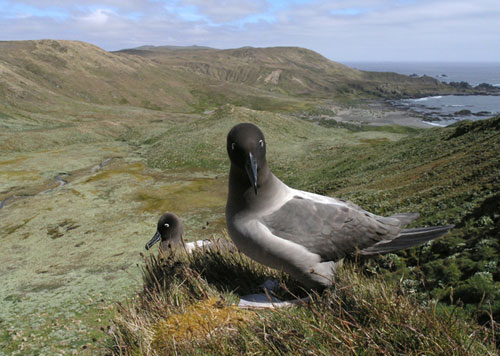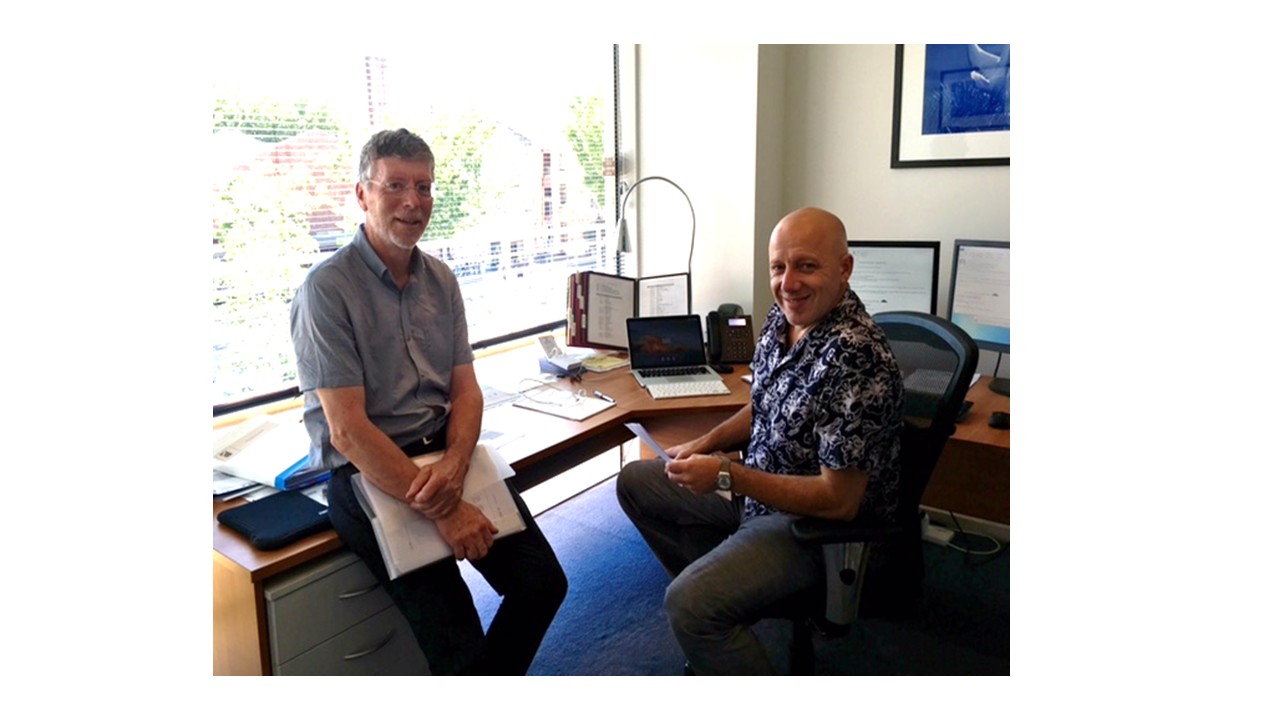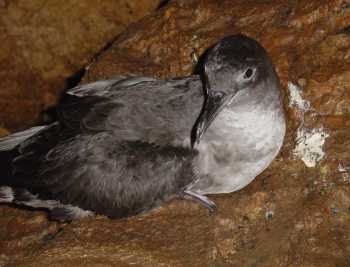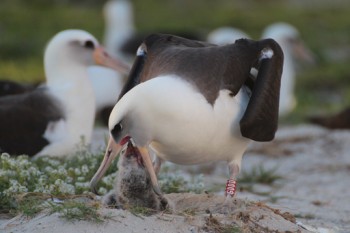The 6th International Albatross and Petrel Conference will be held in Barcelona, Catalonia, Spain, from 19-23 September 2016. Abstract submission and registration are now open. Abstracts are due by 31 March. Early bird registration is available at a reduced rate until 31 March.
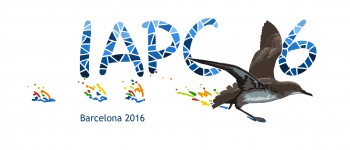
The conference programme, including keynote speakers and workshops, is available on the conference website. The venue of the conference will be the “Paranimf of the University of Barcelona” right in the city centre.
Keynote speakers will be Francesco Bonadonna, Thierry Boulinier, Vincent Bretagnolle, Paulo Catry, John Croxall, Tim Guilford, Matthieu Le Corre, Daniel Oro, Petra Quillfeldt, Ewan Wakefield, Henri Weimerskirch, Andreanna Welch and Francis Zino.
The welcome reception and icebreaker will take place on 19 September from 17h00 onwards, at the “Observatori Fabra”, with an opening talk at 20h30 by Hadoram Shirihai entitled “What it takes to rediscover & discover six petrel species".
On 29 September two workshops will take place:
Workshop 1: Data Challenge on Behavioural Annotation, organized by Federic Bartumeus, Zuzana Zajkova and José M. Reyes-González.
Workshop 2: GLS data analysis: state of the art and future, organized by Yann Tremblay and Gaia Dell'Ariccia.
If you are interested in the workshops, you will find more information on the web site, and you should contact Federic Bartumeus
Tours and other activities will take place on 18 and 25 September, including pelagic trips and a visit to the “Delta Birding Festival”, amongst others.
Key Dates:
Abstract Submission Deadline - 31 March 2016
Early Registration Deadline - 31 March 2016
Decision about Oral/Poster Presentations - 31 May 2016
Registration Deadline - 10 September 2016.
Further information will be available on the conference website.
We look forward to seeing you in Barcelona!
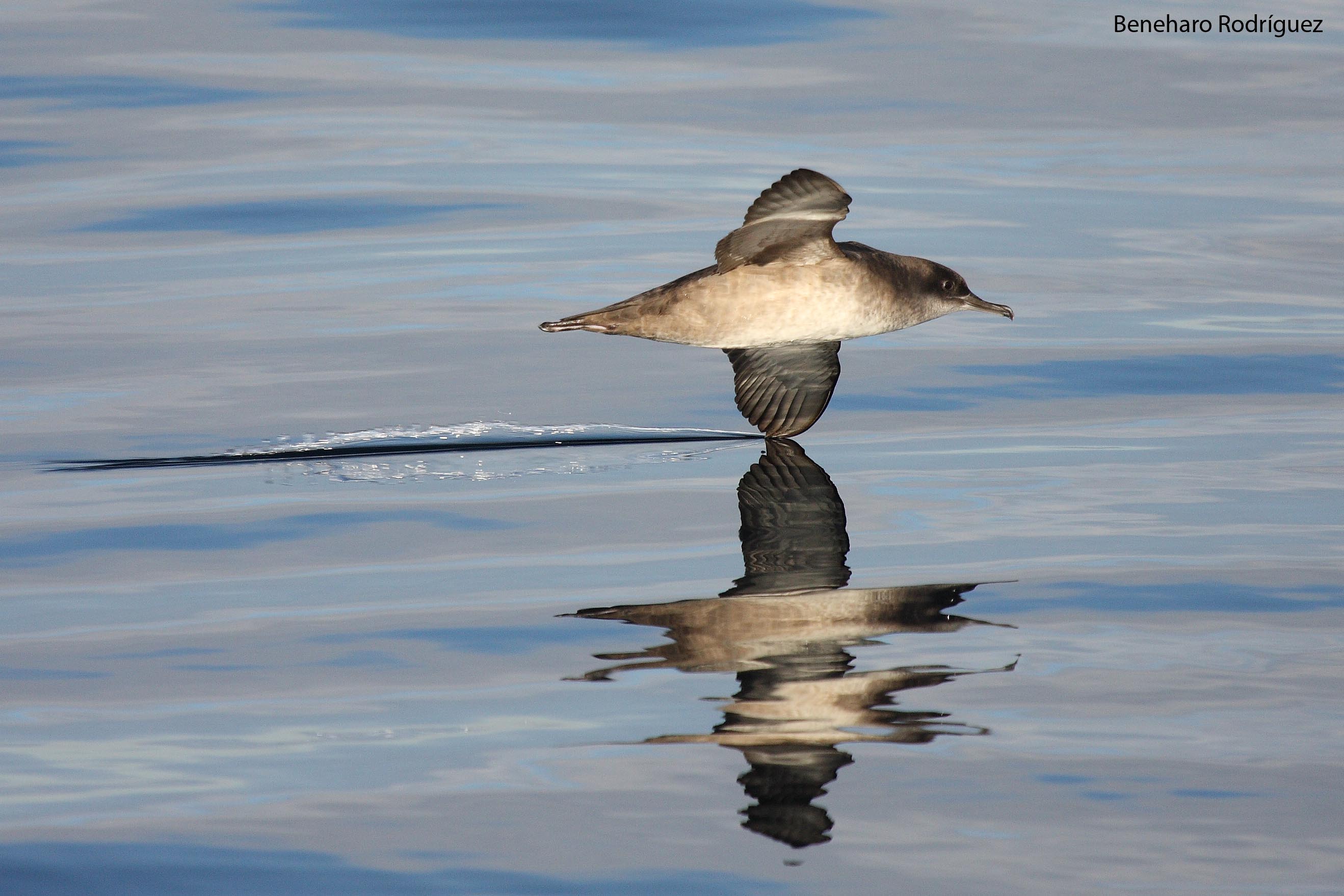
Balearic Shearwater at sea, shearing...
Jacob González-Solís, Raül Ramos, Gaia Dell’Ariccia, Laura Zango, Virginia Morera, Marta Cruz, Joan Ferrer & Carles Giménez, Local Organizing Committee, 15 February 2016

 English
English  Français
Français  Español
Español 